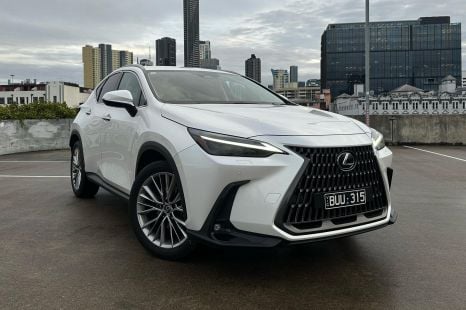

William Stopford
4 Days Ago
The car market records the best first half of a calendar year since 2018, including record EV share and some new names atop the sales charts.

Senior Contributor
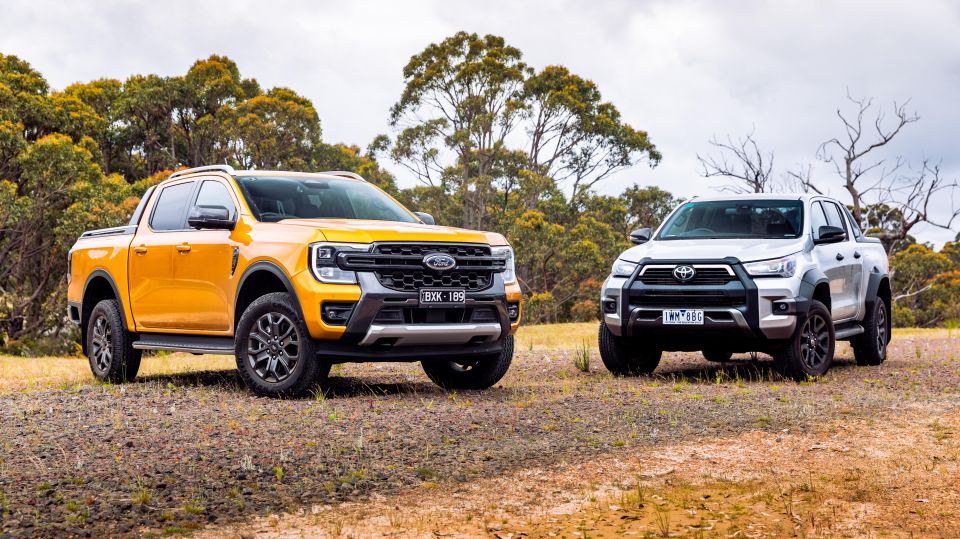

Senior Contributor
The Australian new vehicle market has rebounded over the first half of 2023, showing 8.2 per cent growth over the same period in 2022. It’s the strongest H1 result since 2018.
Some of the interesting developments, as the tables below will show, include:
First half of each year sales:
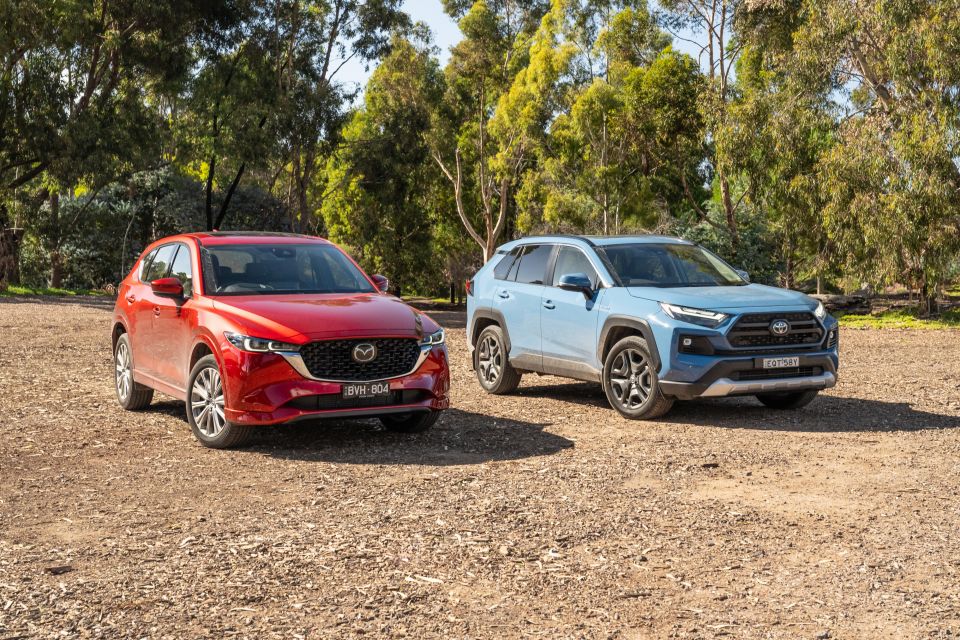
Toyota is well ahead of Mazda in first but will need to get a wriggle on over the second half it it wants to pass 200,000 units – as its internal targets demand.
Kia (third) remains ahead of big brother Hyundai (fifth), with Ford sitting in between.
Mitsubishi is battling to get supply and its core Triton is nearing replacement, so its 26 per cent decline makes some sense. But still a poor result.
MG and Tesla demonstrate the changing dynamic, both making the top 10, ahead of Subaru and Volkswagen. GWM (including Haval) is getting closer…
VW, benefitting from better European supply than in previous years, is managing to grow its sales by 61 per cent from a low base.
There are some new entrants that have joined the market since this point in 2022, including BYD, Chery and Cupra.
List of sales by brand over H1 of 2023:
| BRAND | YTD SALES | CHANGE OVER H1 2022 |
|---|---|---|
| Toyota | 92,235 | Down 24% |
| Mazda | 50,424 | Up 1% |
| Kia | 39,160 | Down 0.7% |
| Ford | 38,182 | Up 33.7% |
| Hyundai | 37,707 | Down 1.2% |
| Mitsubishi | 30,849 | Down 26.1% |
| MG | 26,692 | Up 8.9% |
| Tesla | 25,577 | Up 449.7% |
| Subaru | 22,502 | Up 32.4% |
| Volkswagen | 20,970 | Up 60.6% |
| Isuzu Ute | 20,357 | Up 8.3% |
| GWM | 17,548 | Up 105.1% |
| Nissan | 17,278 | Up 13.3% |
| Mercedes-Benz Cars | 12,671 | Down 12.3% |
| BMW | 12,502 | Up 5.1% |
| LDV | 11,250 | Up 56.8% |
| Audi | 9336 | Up 48% |
| Suzuki | 8814 | Down 21.6% |
| Lexus | 6910 | Up 75.5% |
| Honda | 6758 | Down 11.3% |
| Volvo Car | 6290 | Up 9% |
| BYD | 6196 | New to market |
| Renault | 4425 | Down 12.7% |
| Ram | 4156 | Up 61.6% |
| Skoda | 3967 | Up 20.7% |
| Land Rover | 3714 | Up 42.8% |
| SsangYong | 3319 | Up 130% |
| Porsche | 3231 | Up 2.2% |
| Jeep | 2669 | Down 22.3% |
| Mercedes-Benz Vans | 2418 | Up 23.7% |
| Mini | 2136 | Up 30.5% |
| Chevrolet | 1713 | Up 70.8% |
| Chery | 1612 | New to market |
| Cupra | 1586 | New to market |
| Peugeot | 1186 | Up 17.3% |
| Polestar | 1147 | Up 104.1% |
| Genesis | 871 | Up 88.1% |
| Fiat Professional | 595 | Up 77.1% |
| Fiat | 413 | Up 39.1% |
| Maserati | 319 | Up 1.9% |
| Alfa Romeo | 267 | Down 9.5% |
| Jaguar | 238 | Down 42.4% |
| Citroen | 116 | Down 32.6% |
| Bentley | 110 | Down 7.6% |
| Ferrari | 105 | Down 0.9% |
| Aston Martin | 87 | Up 27.9% |
| Lamborghini | 71 | Up 61.4% |
| Lotus | 52 | Down 16.1% |
| McLaren | 46 | Up 64.3% |
| Rolls-Royce | 21 | Down 36.4% |
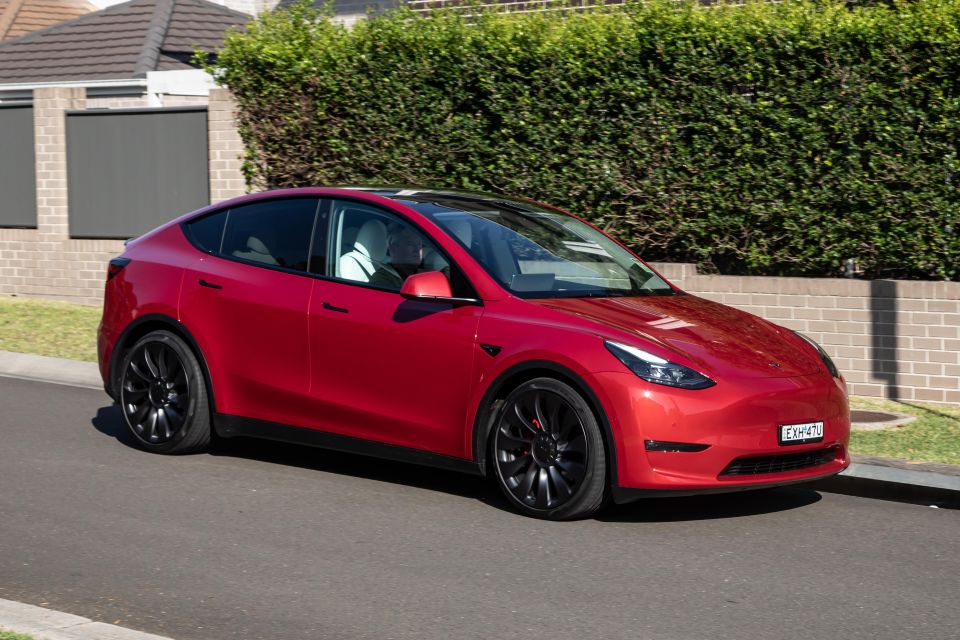
The list of top 25-selling models looks different this year, although the top two (HiLux and Ranger) are familiar leaders.
The Tesla Model Y (third) and Model 3 (eighth) both top their segments regardless of fuel type, the Isuzu MU-X is the new top-selling large SUV (ahead of the Toyota Prado), the new BYD Atto 3 EV already sits in 22nd place, and the Kia Carnival pushed the Mazda 3 outside the top 25.

Sales by region
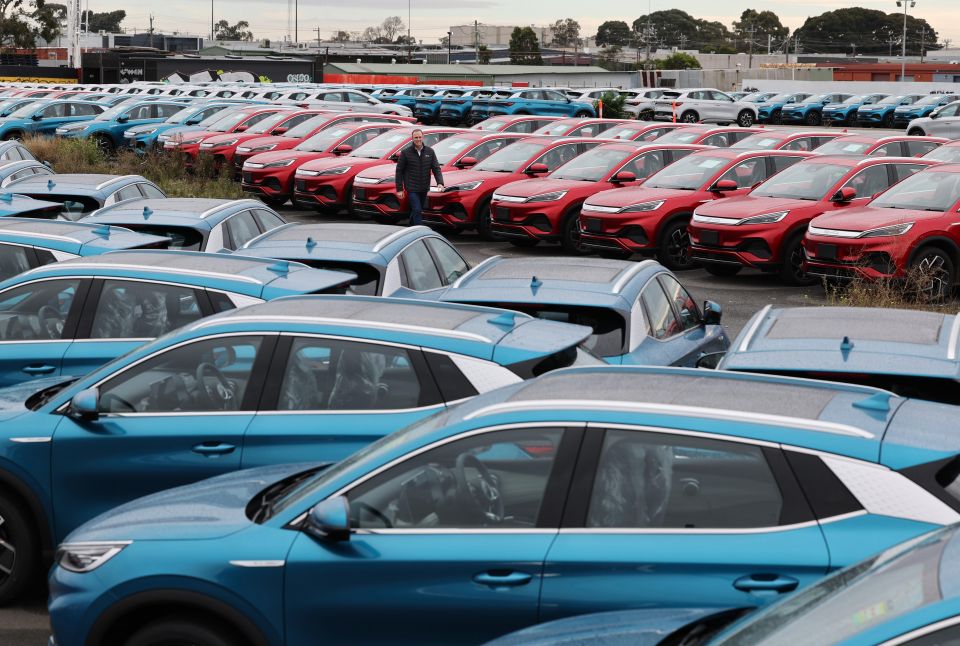
Category breakdown
Top segments by market share
Sales by buyer type
Sales by propulsion or fuel type
Sales by country of origin
Got any questions about car sales? Ask away in the comments and we’ll jump in!


William Stopford
4 Days Ago


James Wong
3 Days Ago
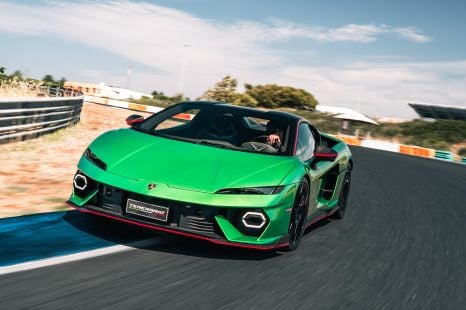

Alborz Fallah
2 Days Ago
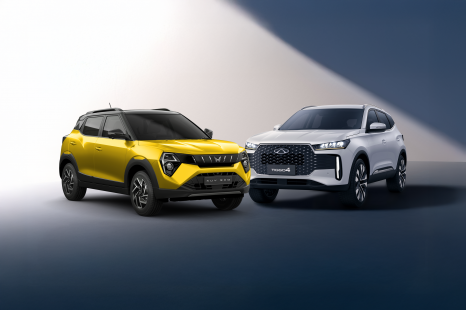

Andrew Maclean
2 Days Ago
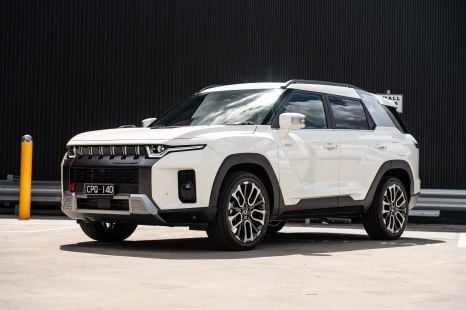

Max Davies
1 Day Ago
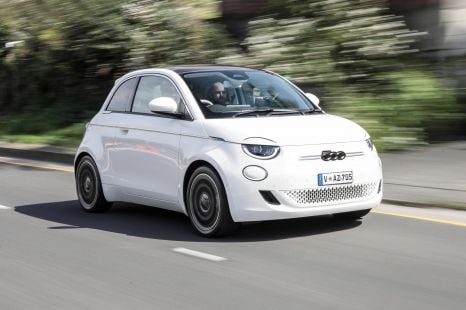

Damion Smy
1 Day Ago